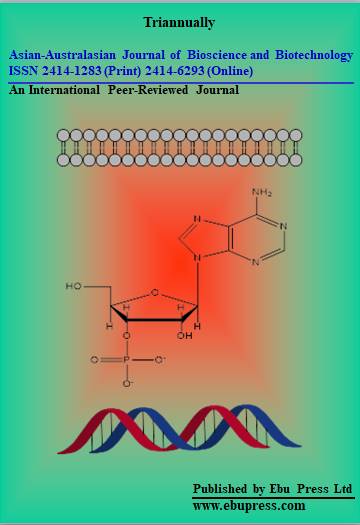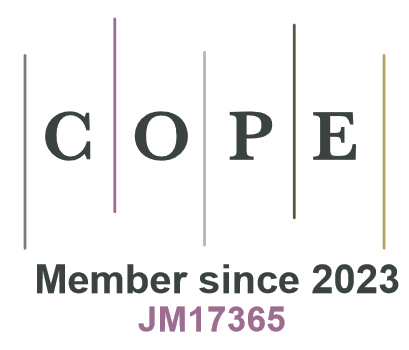Ummeya Shiha Alam, Al-amin Hossain, Md. Shamim Hasan, Md. Tareq Hossain, Md. Hossen Ali and Md. Yousuf Ali
Abstract
PDF
In Bangladesh, feed costs account for 70% of dairy farming expenses. High-yielding fodder (HYF) varieties, such as the Bangladesh Livestock Research Institute (BLRI) developed Napier variety 3 (BN-3), offer significant potential for reducing these costs. This study conducted two agronomical trials, one on-station at the Experimental Plot of BLRI, Regional Station, Baghabari, Shahjadpur, Sirajganj, and one on-farm at the Experimental Plot in the village of Tiar Bondor shahjadpur, Sirajganj during the economic year of 2018-2019. The objectives of this study were to assess the production performance and proximate composition of BN-3 at both the on-station and farmer community levels. Each trial plot measured (20×10) square feet and was prepared according to BLRI's fodder cultivation guidelines. Data from five consecutive harvests over approximately one year were collected and analyzed using SPSS 17.0 software. Results indicated a higher fresh biomass yield was (57.66±4.68 tons/ha/harvest) at on-station compared to the farmer community level (54.89±1.20 tons/ha/harvest), though the difference was not statistically significant (P>0.05). On-station trial also showed superior tiller numbers (30.72±4.27 per hill) and stem perimeter (6.68±0.06 cm). Leaf length and plant height were significantly better (P<0.05) at on station trial. The nutrient composition of BN-3 exhibited non-significant variations between on-station and on-farm conditions. These findings suggest that, while on-station cultivation of BN-3 may provide slight advantages in specific growth parameters, its nutrient composition remains consistent across different farming conditions, highlighting its potential as a cost-effective feed option for Bangladeshi dairy farmers.



